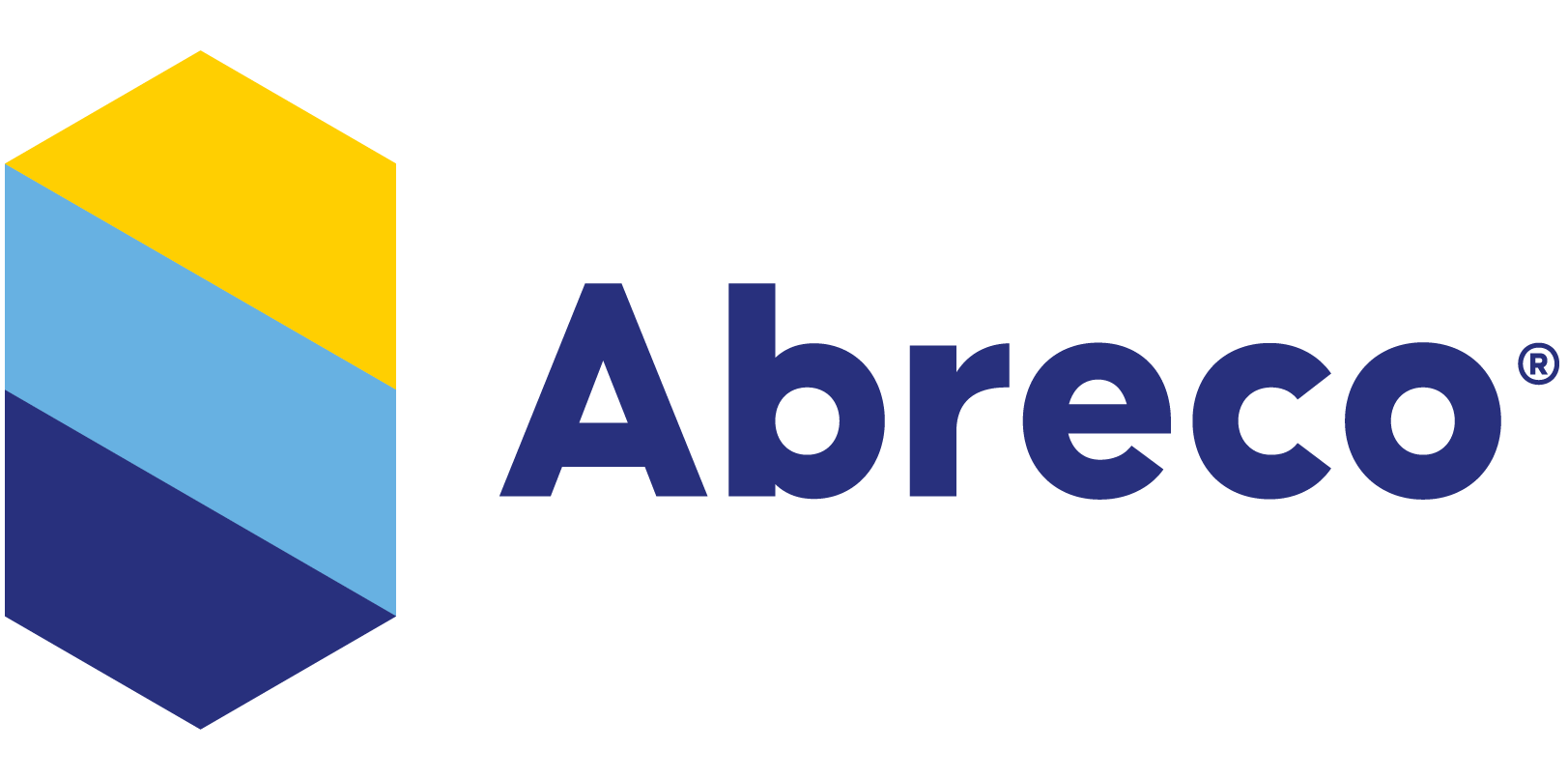Nickel-Chrome-Low Carbon cast iron is the wear and abrasion resistance group of materials also called Ni-Hard 2. These alloys have good castability and are the most common abrasion resistant materials in the world. Relatively low carbon content increases the toughness and improves impact wear resistance in this alloy. Nickel is the primary alloying element for hardenability in this cast iron. The second important element is Cr and is used to derive the formation of the carbides over the graphite.
Microstructure of as-cast Ni-Hard 2 consists of the primary dendrite and the hypo-eutectics carbides. The eutectic carbides are in the form of plated M3C. The hardness and mechanical properties of the Ni-Hard 2 is usually less than Ni-Hard 1 and mostly used in high impact wear conditions.
Martensitic White iron (Class IA and IB) has good abrasion resistance but has low resistance to fractures. They do not require a high temperature heat treatment and can be put in service either in as-cast or after Stress Relief (SR) heat treatment.

Chemical Composition (ASTM A532-IB)

Mechanical and Physical Properties

Wear and Abrasion Resistant Properties:

Application:
Ni-Hard 2 alloys are suitable for high impact, sliding abrasion for both wet and dry applications. ASTM A532 Class I Type B has higher toughness than Type A and has good wear resistant characteristics. Typical applications are components for slurry pumps and mineral processing equipment. Ni-hard Type A can be replaced with Type B if more toughness is required. Type B is also applicable for parts subjected to more impact like crusher plates and grinding media, mixing wheels, and road paving augers.
Condition:
Ni-Hard 2 produced in as-cast, stress relieved and heat-treated condition.


